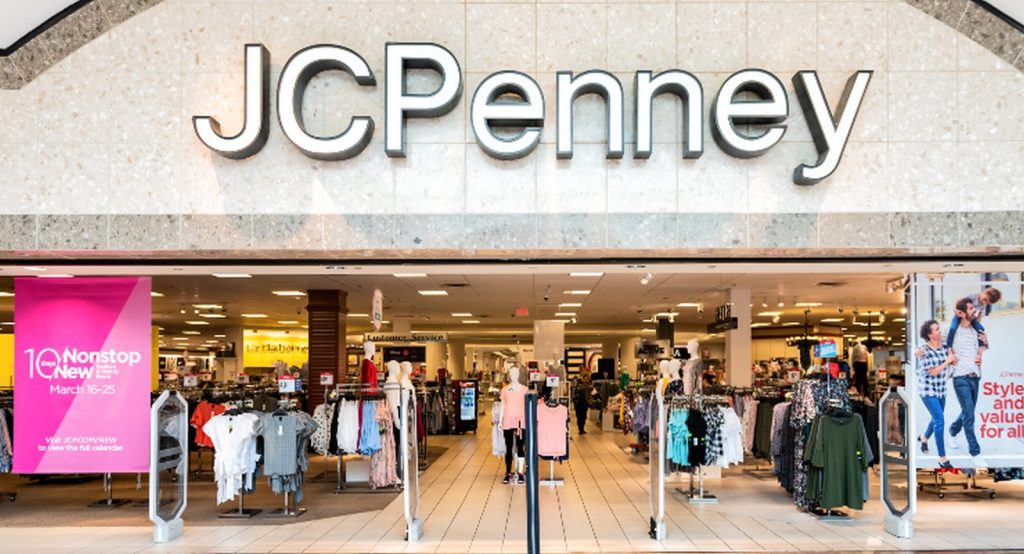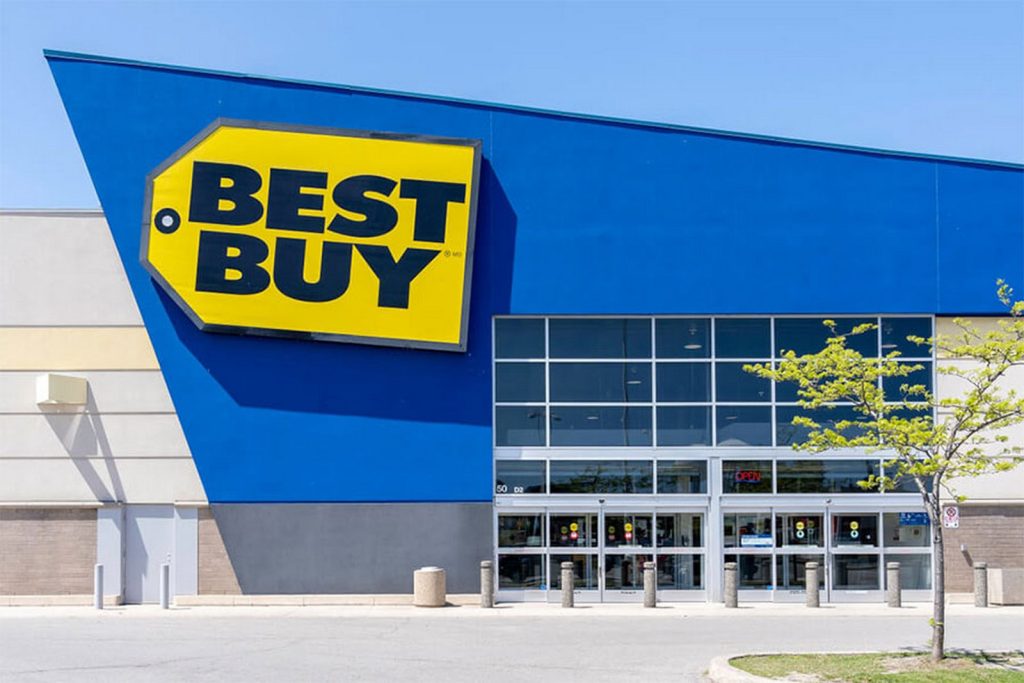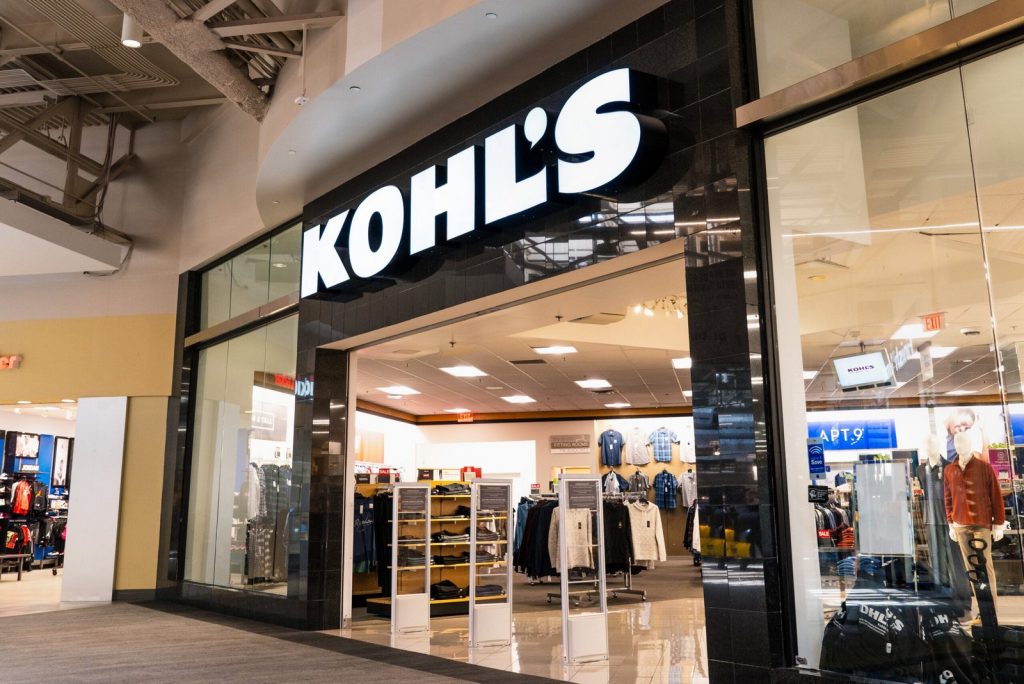Pricing is a critical factor that directly influences profitability and market positioning in retail. Retailers often need help with complex challenges, from aligning pricing strategies across multiple channels to managing day-to-day pricing operations. If not handled effectively, these issues can erode margins, damage customer trust, and weaken overall business performance.
This article explores the top 10 pricing challenges faced by retailers worldwide, supported with real-world examples, and provides actionable solutions to help businesses combat these obstacles and enhance profitability.
1. Pricing Strategy
Retailers often need to develop consistent pricing strategies across different departments or categories, which can lead to inefficiencies and a lack of coherence. A department store, for example, may struggle with aligning pricing objectives across different product lines, leading to reactive rather than strategic pricing adjustments. This issue is not unique; many retailers, including Target in the U.S., have faced challenges maintaining a consistent pricing strategy across their vast range of products.
Target has faced challenges maintaining consistent pricing due to its wide array of products and varying competitive pressures in different markets. For instance, the retailer has been criticised for discrepancies between online and in-store pricing, leading to customer confusion and a perception of inconsistency that can undermine trust and brand loyalty.

Consequences
With a cohesive pricing strategy, retailers can maintain margins and long-term profitability. Inconsistent pricing strategies also confuse customers, weakening their trust in the brand.Consequences
Recommended Action
Develop a unified, data-driven pricing strategy that applies across all departments. This should include clear guidelines for pricing, promotions, and markdowns, with the flexibility to adapt to market conditions while maintaining coherence across the business.
2. Price Point Architecture
One major challenge in price point architecture is ensuring clear differentiation between product categories and price levels. A common issue seen at department stores is the need for a structured approach to price segmentation. This challenge has been observed globally, with retailers like Tesco in the UK struggling to differentiate between budget and premium product ranges, creating confusion for shoppers about the value they are getting. For example, inconsistent pricing across Tesco’s “Finest” and “Everyday Value” lines has led to customer dissatisfaction, as products from different ranges sometimes appear misaligned with their perceived quality and pricing expectations.

Consequences
Poorly defined price points can confuse customers and reduce their likelihood of purchasing. They must also improve the retailer’s ability to maximise revenue across customer segments.
Recommended Action
Implement a tiered pricing structure that reflects the brand’s positioning and customer expectations. Use customer data to better segment price points and create distinct product categories that guide purchasing decisions.
3. Price Optimisation
Price optimisation remains challenging for many retailers who need more tools to adjust prices dynamically in response to real-time market changes. Globally, retailers like Walmart have invested in dynamic pricing models, but smaller or less technologically advanced retailers often struggle to implement similar systems. With dynamic pricing, department stores may be able to optimise prices based on demand, stock levels, and competition.
Walmart has leveraged advanced algorithms and data analytics to refine its price optimisation strategies, allowing it to adjust prices in real time based on factors like competitor pricing, inventory levels, and consumer demand. However, despite significant technological investments, Walmart still faces challenges balancing dynamic pricing with customer expectations of consistency and fairness, particularly across its vast product assortment.

Consequences:
With effective price optimisation, retailers can benefit from potential revenue from high-demand products while over-discounting slow-moving inventory, leading to margin erosion.
Recommended Action
Invest in dynamic pricing tools that allow real-time adjustments based on market trends, demand, and inventory. These systems can help optimise prices for both online and in-store channels, ensuring consistency and maximising profitability.
4. Discounting Practices
If not carefully managed, discounting can devalue a brand and erode margins. Many department stores, like Macy’s in the U.S., have struggled with overreliance on discounting as a primary sales driver. Frequent discounts can condition customers to expect lower prices, reducing full-price sales opportunities.
Macy’s has frequently relied on heavy discounting, which has led to a “race to the bottom” mentality where customers wait for sales rather than paying full price. This practice has not only squeezed profit margins but also weakened the brand’s perceived value, making it difficult for Macy’s to shift customer behaviour toward regular-priced purchases.

Consequences:
Constant discounting undermines brand value and sets unrealistic expectations among consumers, damaging profitability in the long run. It can also reduce the perceived exclusivity of premium products.
Recommended Action:
Shift from blanket discounting to targeted promotions focusing on specific customer segments or seasonal events. Carefully track customer behaviour to determine discounts’ optimal frequency and depth, preserving brand equity while driving sales.
5. Mark Downs
Markdowns are essential for clearing old inventory, but if applied too late or without a clear strategy, they can lead to significant financial losses. Retailers have struggled with markdown management, often relying on end-of-season markdowns to clear inventory efficiently.
J.C. Penney has faced ongoing challenges with markdown management, frequently resorting to deep end-of-season discounts that cut profits. This reactive approach hurts margins and leaves the retailer with excess unsold inventory, further complicating efforts to maintain a healthy cash flow and inventory turnover.

Consequences:
Delayed or reactive markdowns result in excess stock being sold at deep discounts, further eroding margins and reducing the ability to reinvest in new inventory.
Recommended Action:
Implement a proactive markdown strategy that uses data-driven insights to identify when and how much to markdown. This approach should be consistent across all categories and channels to avoid confusion and maximise profitability.
6. Clearance Pricing
Clearance pricing presents another common challenge, particularly when it is delayed or inconsistently applied. Inconsistent communication of clearance events has been a notable issue for some retailers, including major department stores in Europe, where slow execution of clearance pricing reduces its effectiveness.
Consequences:
Ineffective clearance pricing results in excess stock, tying up valuable store space, which could be used for new product lines. It also leads to poor customer engagement, as customers may miss out on clearance events due to poor communication.
Recommended Action:
Develop a more agile clearance pricing strategy that is executed quickly across all channels. Ensure that clearance sales are well-communicated to customers through multiple touchpoints, such as email marketing, in-store signage, and social media.
7. Price Matching Tactics
As e-commerce grows, customers increasingly expect retailers to match the lowest available prices. Price matching can be effective, but it leads to customer dissatisfaction when executed manually or inconsistently. For example, Best Buy in the U.S. has struggled with the complexities of its price-matching policy, which often requires customers to go through cumbersome processes to prove lower prices found elsewhere. This inconsistency not only frustrated shoppers but also led to negative perceptions of the brand’s commitment to competitive pricing, undermining the policy’s intended benefits.

Consequences:
Ineffective price-matching policies can frustrate customers, leading to lost sales and diminished loyalty. Competitors who offer quicker and easier price matching can capture these customers.
Recommended Action:
Automate the price matching process to give customers real-time comparisons and adjustments. Make price matching policies clear and easy to understand, ensuring customers feel confident in the retailer’s pricing.
8. Ranging Strategy
A well-defined product range is crucial for attracting and retaining customers, but many department stores need help to offer an optimally curated product range. Retailers like Kohl’s have faced challenges with their ranging strategy, often offering an overcrowded assortment that overwhelms customers and complicates the shopping experience. This lack of curation can dilute brand identity, making it difficult for shoppers to find key products and diminishing overall sales performance.

Consequences:
A poorly defined product range confuses customers and reduces brand differentiation. It also leads to inefficiencies in inventory management, as excess stock from an uncurated range takes up valuable shelf space.
Recommended Action:
Focus on curating a product range that meets the specific needs of target customer segments. This involves working closely with suppliers to offer exclusive or differentiated products unavailable to competitors.
9. In-Store Merchandising and Signage
Inconsistent in-store merchandising and poor signage execution can significantly impact sales. A department store that does not align its in-store promotions with online messaging or uses unclear signage risks losing customers. This is a common issue faced by many retailers globally, including John Lewis in the UK, where discrepancies between online promotions and in-store signage have led to customer confusion.

Consequences:
Poor merchandising and unclear signage result in missed sales opportunities, as customers may need help understanding current promotions. Consistent messaging between channels also enhances trust in the brand.
Recommended Action:
Standardise in-store signage and ensure it aligns with online promotional messaging. Conduct regular audits to ensure that promotional materials are consistently applied and staff are trained to execute merchandising plans effectively.
10. Pricing Operations
Manual pricing operations, such as manually updating price points across various channels, slow down execution and increase the risk of errors. Retailers like Sears faced significant challenges with its outdated pricing operations, often relying on manual updates that resulted in slow execution and frequent pricing errors. These inefficiencies led to inconsistent promotional pricing across stores and online and contributed to a decline in customer trust and sales performance.

Consequences:
Manual pricing processes delay implementing price changes, resulting in lost sales. Additionally, pricing errors can cause legal issues or lead to customer dissatisfaction if they are overcharged or incorrectly informed.
Recommended Action:
Automate pricing operations using advanced systems that integrate across all departments and channels. Implement real-time pricing updates to apply promotional pricing consistently and accurately.
These pricing challenges represent significant complexities for retailers worldwide. By addressing dynamic pricing, discounting practices, and pricing operations, retailers can optimise profitability, improve customer experience, and build stronger, more resilient brands.
Pricing Insight has partnered with ASX-listed and Fortune 500 retailers to develop strategies to help businesses overcome these challenges. Contact us today for a confidential discussion on how we can build a more profitable price point architecture to generate immediate earnings growth or work with you to develop and implement strategic imperatives specific to your commercial environment.
Easy steps to create a color palette
Lorem ipsum dolor sit amet, consectetur adipiscing elit lobortis arcu enim urna adipiscing praesent velit viverra sit semper lorem eu cursus vel hendrerit elementum morbi curabitur etiam nibh justo, lorem aliquet donec sed sit mi dignissim at ante massa mattis.
- Neque sodales ut etiam sit amet nisl purus non tellus orci ac auctor
- Adipiscing elit ut aliquam purus sit amet viverra suspendisse potent
- Mauris commodo quis imperdiet massa tincidunt nunc pulvinar
- Excepteur sint occaecat cupidatat non proident sunt in culpa qui officia
What is a color palette?
Vitae congue eu consequat ac felis placerat vestibulum lectus mauris ultrices cursus sit amet dictum sit amet justo donec enim diam porttitor lacus luctus accumsan tortor posuere praesent tristique magna sit amet purus gravida quis blandit turpis.

Don’t overspend on growth marketing without good retention rates
At risus viverra adipiscing at in tellus integer feugiat nisl pretium fusce id velit ut tortor sagittis orci a scelerisque purus semper eget at lectus urna duis convallis porta nibh venenatis cras sed felis eget neque laoreet suspendisse interdum consectetur libero id faucibus nisl donec pretium vulputate sapien nec sagittis aliquam nunc lobortis mattis aliquam faucibus purus in.
- Neque sodales ut etiam sit amet nisl purus non tellus orci ac auctor
- Adipiscing elit ut aliquam purus sit amet viverra suspendisse potenti
- Mauris commodo quis imperdiet massa tincidunt nunc pulvinar
- Adipiscing elit ut aliquam purus sit amet viverra suspendisse potenti
What’s the ideal customer retention rate?
Nisi quis eleifend quam adipiscing vitae aliquet bibendum enim facilisis gravida neque euismod in pellentesque massa placerat volutpat lacus laoreet non curabitur gravida odio aenean sed adipiscing diam donec adipiscing tristique risus amet est placerat in egestas erat.
“Lorem ipsum dolor sit amet consectetur adipiscing elit, sed do eiusmod tempor incididunt ut labore et dolore magna aliqua enim ad minim veniam.”
Next steps to increase your customer retention
Eget lorem dolor sed viverra ipsum nunc aliquet bibendum felis donec et odio pellentesque diam volutpat commodo sed egestas aliquam sem fringilla ut morbi tincidunt augue interdum velit euismod eu tincidunt tortor aliquam nulla facilisi aenean sed adipiscing diam donec adipiscing ut lectus arcu bibendum at varius vel pharetra nibh venenatis cras sed felis eget.
.png)
.png)
.png)
.png)
.png)
.png)

